The habits of New York’s little-understood whale population are to be fully analysed for the first time, with scientists hoping the new information will help protect the marine behemoths that navigate one of the busiest shipping areas in the world.
An acoustic monitoring buoy has been deployed off the coast of Long Island to eavesdrop on the cacophony of underwater noises made by whales that feed and travel through New York waters.
Data from the research project will plug a surprising gap in scientists’ knowledge of the world’s largest creatures. Despite the large human population of New York and its continual shipping traffic, little is known about the presence of whales in the New York Bight – a stretch of water spanning New York to New Jersey.

The buoy will listen out for whales from its position 22 miles out to sea from Fire Island, a strip of land in the central part of Long Island. The project, overseen by the Wildlife Conservation Society’s (WCS) New York aquarium and the Woods Hole Oceanographic Institution (WHOI), will run for an initial two years, although funding will be sought to extend this.
“It’s quite remarkable really, we have snapshots of what whales are doing from fishermen and whale watching tours but we don’t have an holistic picture of their lives,” WCS’s Dr Howard Rosenbaum, co-lead of the project, told the Guardian.
“I’ve worked all around the world developing important baselines on whale abundance and yet we don’t have much information here in New York, where I saw my first whales in the 1970s. This really is the start of our learning about whales here. We really have some catching up to do.”
Humpback whales are regularly spotted off areas such as Brooklyn, while fin whales are known to inhabit the waters around the eastern tip of Long Island. Five other species, including the endangered North Atlantic right whale and minke and sperm whales, have also been seen or heard in New York waters.
The presence of these species will be picked up by the acoustic buoy, which was developed by WHOI. The buoy sits six feet above the sea surface and is anchored to the sea floor 125ft below via hoses to a weighted frame. An underwater microphone called a hydrophone will record the sound of whale vocalisations, which are the clicks, whistles and calls made by a whale to other members of its pod.
This information will be relayed via satellite to WHOI’s base in Massachusetts, where the sounds will be referenced to a “library” of whale noises. This compendium of sounds will be used to help identify species of whale and determine roughly how far they are from the buoy.
Whales have distinctive “songs” they use to communicate with each other or find food. Recent research off the US west coast suggests that increasing underwater noise from shipping could be disrupting this communication, with potentially serious consequences for whale wellbeing.
New York waters are some of the busiest in the world, with 3.3m cargo containers handled in the Port of New York and New Jersey in 2014 – a 5.4% increase on the previous year.
“We are very concerned by ocean noise writ large,” said Rosenbaum. “Getting hit by ships is another concern – we saw a number of animals killed by blunt force trauma in New York waters last year. We want to generate information so we can work with agencies to protect whales, so that the waters are safe for recreational and maritime boats as well as the whales.
“We hope this also an opportunity for people in the New York area to get excited about marine wildlife. So many people don’t know we have whales in our own back yard. Most people enjoy a day at the beach and don’t even know whales are out there.”
The real-time data will be made available through WHOI’s website and via the New York aquarium.
This article was first published by The Guardian on 28 Jun 2016.
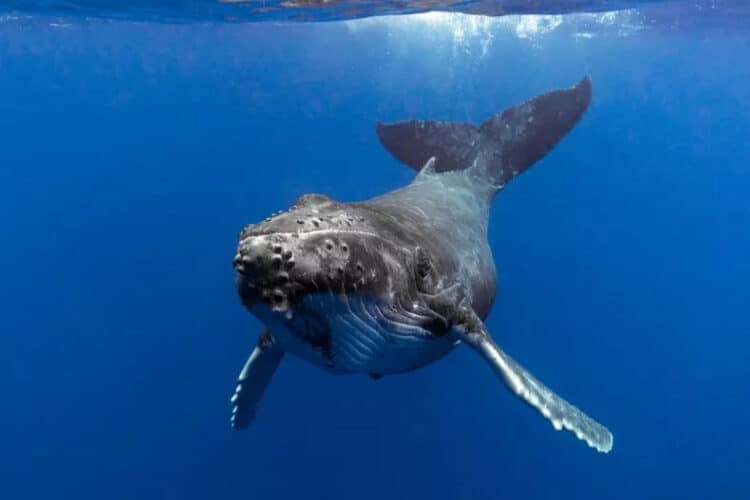
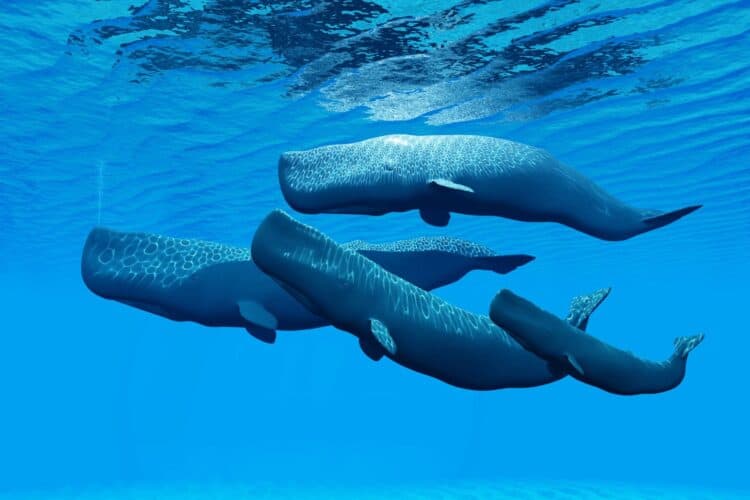
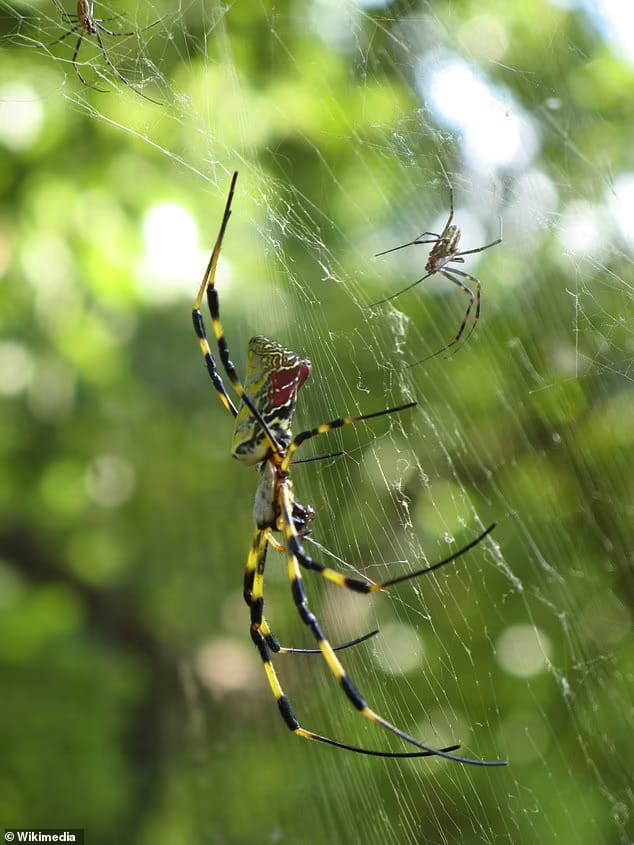
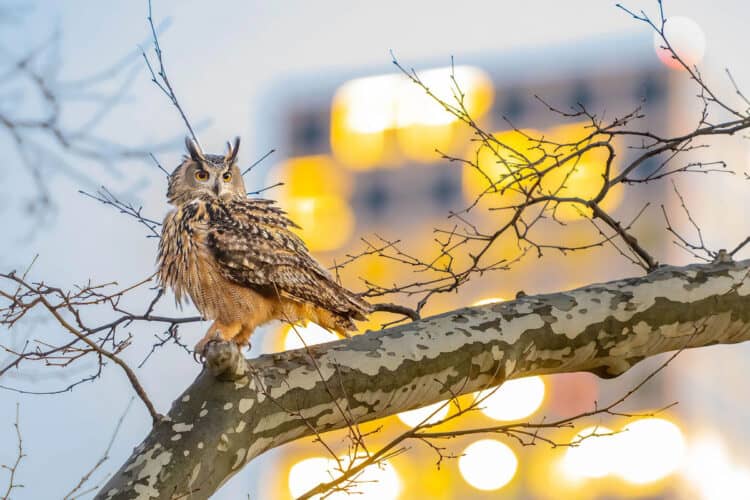

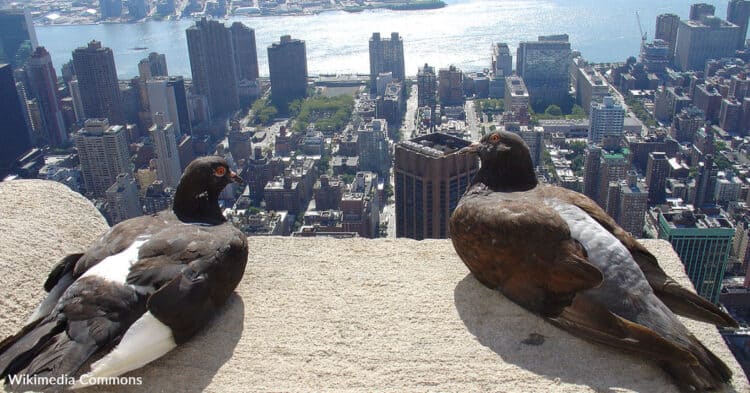
Leave a Reply